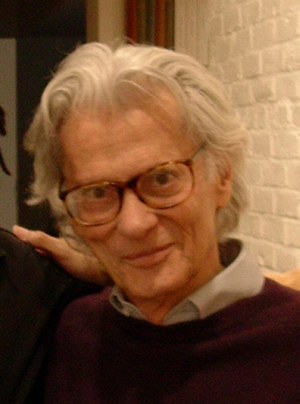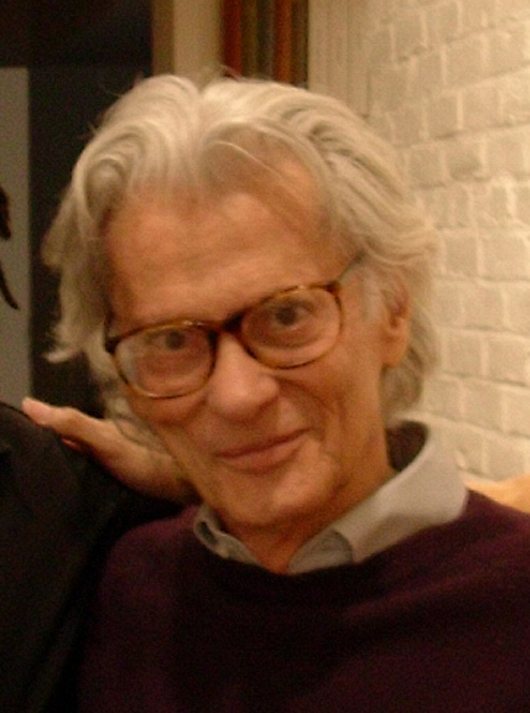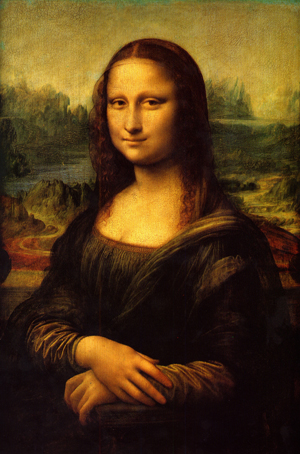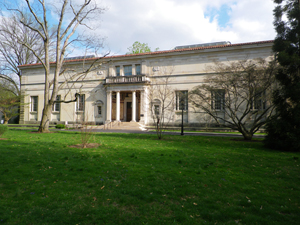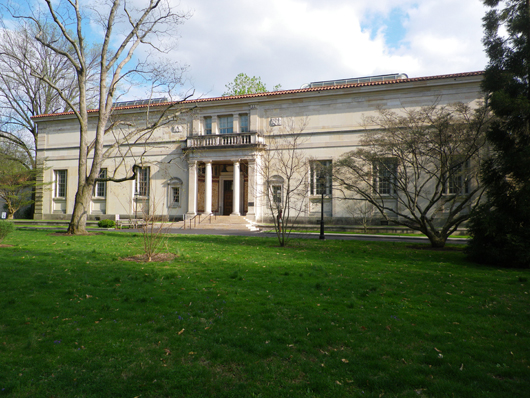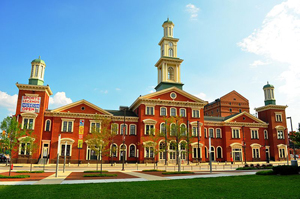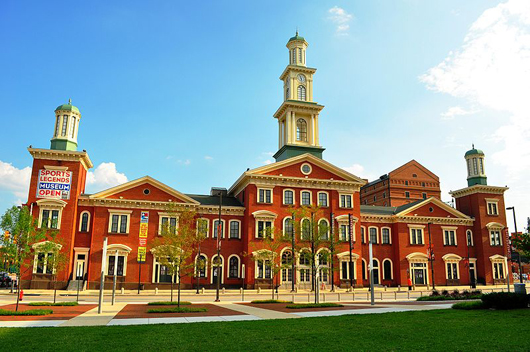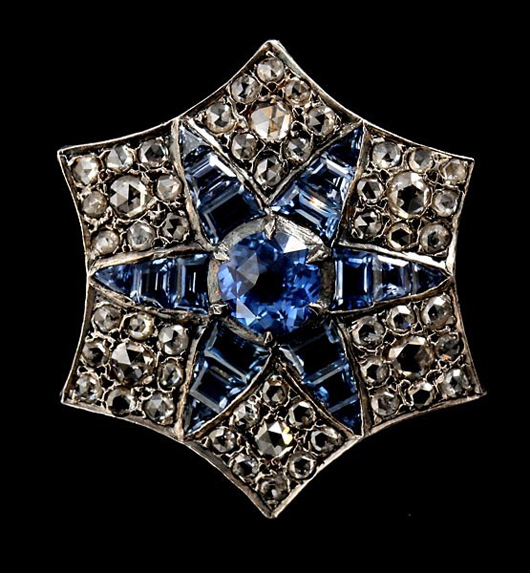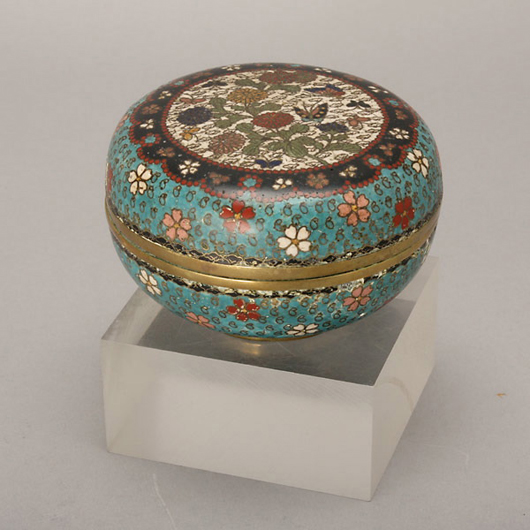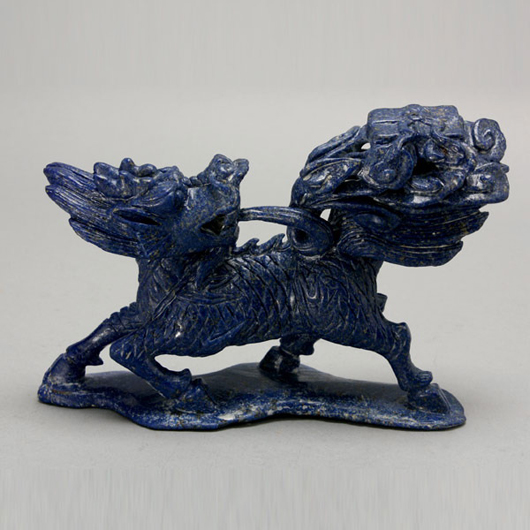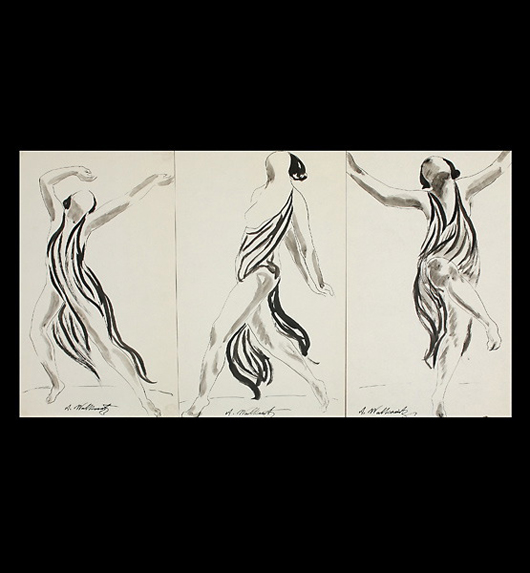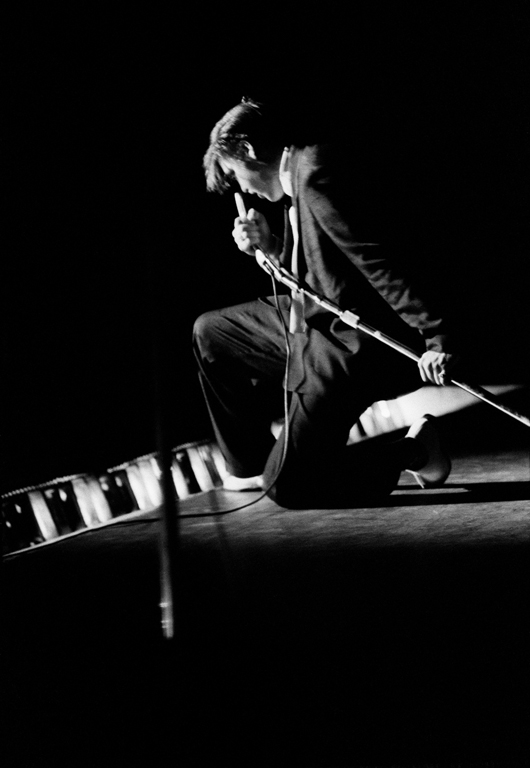MONTREAL (AFP) – Just before the royal wedding of the century, a Montreal artist has unveiled stunning contemporary portraits of Prince William and Kate Middleton, amid much buzz in the art world.
The portraits by Andre Monet, a former graphic artist who worked in advertising until five years ago, were put on display Tuesday in London, and will be given to the royal couple after Friday’s wedding, the gallery that commissioned the work told AFP.
The paintings come nearly three decades after Andy Warhol unleashed his iconic portraits of Prince Charles and Diana, the Princess of Wales.
Monet’s depiction of the royal family’s newest couple are definitely a pop realist nod to Warhol’s work. Warhol’s 1982 photographic-like paintings of Charles and Diana were done in silkscreen ink on canvas.
But Monet’s portraits, which are a hybrid of painting and collage, have a unique, 21st-century feel and are striking for their luminosity and texture.
“I was inspired by Warhol’s vision,” Monet told AFP from London, where the Opera Gallery, which has close ties with the royal family, is showing his work this week.
The gallery will offer the portraits to Prince William and his bride as a gift, shortly after the wedding, Florie-Anne Mondoloni of Opera Gallery London said.
Monet wanted to give his mixed media paintings a fresh allure. Inspired by a photo of William and Kate, he painted their smiling faces with delicate precision. “I was trying to express their personality,” he said.
“When you look at them, in my vision, they look like a couple that’s happy, in love.”
Beneath the smiles are a collage of historical references to the monarchy that Monet found in dozens of books, most of them more than a century old, from London bookstores.
The artist tore out pages from the books – referencing figures such as Queen Elizabeth I and Queen Victoria – and layered them behind the couple’s faces, creating gold and yellow accents that are meant to symbolize the “glow” of the young couple.
“When you see the paintings up close, you can read what’s behind them,” Monet said.
The artist’s backers are convinced that his work will survive the test of time.
“His work is so delicate and strong at the same time. It’s a real voice in the art world,” said Eric Allouche, a co-owner of Opera Gallery New York and Miami.
Allouche said the manner in which Monet respects the authenticity of the photographic image while adding his own touch is “absolutely phenomenal.”
On rue Saint Paul, in a historic district of Montreal, Monet’s portraits of Madonna, Jackie Kennedy, the Dalai Lama and Twiggy cover the walls.
It is here that gallery owner Lydia Monaro first displayed Monet’s work.
“He works with his fingers and a very small brush, and goes to great lengths to paint the eyes,” Monaro explained.
And while Monet’s subjects are icons of the modern age, his textures give his paintings an ancient feel.
“I always say to him, you are such an ancient soul, and he always laughs at me,” Monaro said.
It didn’t take long before his work caught the eye of art lovers, and even celebrities. His first client was the American actress Halle Berry.
“It was my first portrait,” Monet said of the French fashion designer, Yves St Laurent collage painting he had exhibited at the Montreal gallery.
“When Halle Berry came in and bought it, I thought maybe I had done something.”
Now, Monet likens his life “to a dream.”
“It’s the dream of a lifetime. I’m able to survive from my paintings. Every day I wake up I am happy.”
# # #
Copyright AFP 2011


